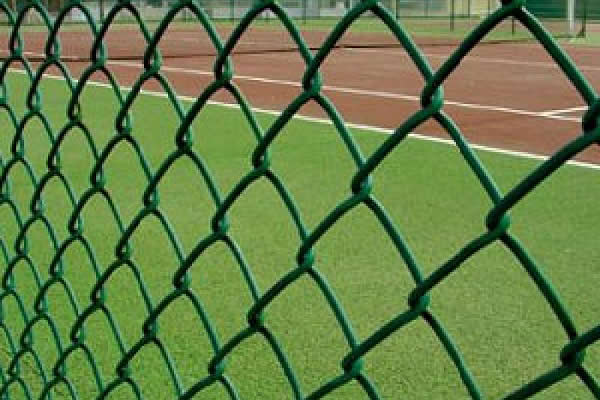 TEL:
+86-13102802206
TEL:
+86-13102802206
 Email:
fencenetting@china.com
Email:
fencenetting@china.com
 Language
Language
 TEL:
+86-13102802206
TEL:
+86-13102802206
 Email:
fencenetting@china.com
Email:
fencenetting@china.com
 Language
Language


Understanding Electric Fence Knots A Comprehensive Guide
Electric fencing is a widely used method for controlling livestock, protecting crops, and enhancing security. One of the fundamental aspects of setting up an electric fence is mastering the knots that secure the wires. These knots serve as critical connectors that ensure the system operates effectively. In this article, we will delve into the various types of knots commonly used in electric fencing, their purposes, and tips for achieving the best results.
Why Knots Matter in Electric Fencing
Knots play a crucial role in electric fencing systems. They help in securing the wires tightly to the posts, ensuring the fence maintains its tension over time. A well-tied knot can prevent sagging, breakage, and unnecessary power loss caused by loose connections. Furthermore, proper knotting techniques facilitate quick repairs and adjustments, making the maintenance of electric fences more efficient.
Common Types of Electric Fence Knots
1. Square Knot (Reef Knot) - The square knot is known for its simplicity and effectiveness. It is primarily used to tie two ends of wire together, creating a strong bond. To create a square knot, hold the two wire ends parallel and tie them in a simple overhand knot, followed by a second knot going in the opposite direction. Make sure the wire ends are pulled tight to ensure maximum stability.
2. Figure Eight Knot - The figure-eight knot is excellent for managing electric fence wire, especially in situations where you may need to untie the wire frequently. It is incredibly secure while still allowing for easy removal if necessary. To tie a figure-eight knot, create a loop with the wire and pass the end through it, creating an eight shape. This knot is particularly useful when securing wires to insulators on posts.
3. Bowline Knot - The bowline knot creates a fixed loop at the end of a wire, which can be particularly handy for connecting a wire to a stake or other anchoring device. It’s strong and resistant to slipping, making it ideal for electric fencing. To tie a bowline, form a small loop in the wire, pass the end through this loop, wrap it behind the standing end, and pull it back through the loop.

4. Clove Hitch - The clove hitch is another useful knot for tying electric fence wire to posts. It consists of two half-hitches around the post, making it secure yet easy to adjust if needed. It’s especially advantageous in situations where the tension of the wire may need to be altered. To tie a clove hitch, wrap the wire around the post and make two turns, crossing the wire each time.
5. Tension Knot - In scenarios where you need to maintain high tension in the wire, a tension knot such as the taut-line hitch can be employed. This knot allows for adjustments in tension as needed. After making a suitable loop, use the standing end of the wire to wrap around and through the loop several times to secure it. This knot is particularly beneficial during the initial setup or when adjusting for sagging.
Tips for Effective Knot Tying
- Practice Makes Perfect Knot tying is a skill that improves with practice. Take time to familiarize yourself with each knot before incorporating it into your electric fencing setup. - Use Quality Materials The type of wire you use can affect how well knots hold. Ensure you are using high-quality, durable wire that is designed for electric fencing applications.
- Maintain Tension When tying knots, especially those used to secure the fence to posts, always maintain tension in the wire. This ensures that the knots remain secure over time.
- Regular Inspections After setting up your electric fence, regularly check the knots and overall integrity of the fence. Ensure there are no signs of wear and tear, which could compromise the system's effectiveness.
Conclusion
Understanding and mastering electric fence knots is crucial for anyone involved in the setup, maintenance, or repair of electric fencing systems. By learning the different types of knots and their applications, you can ensure a more efficient and effective electric fence. With practice and attention to detail, knot tying can become a straightforward task, enhancing the overall functionality of your electric fence. Whether you are a homesteader, farmer, or just looking to add security to your property, knowing how to effectively tie electric fence knots will serve you well.